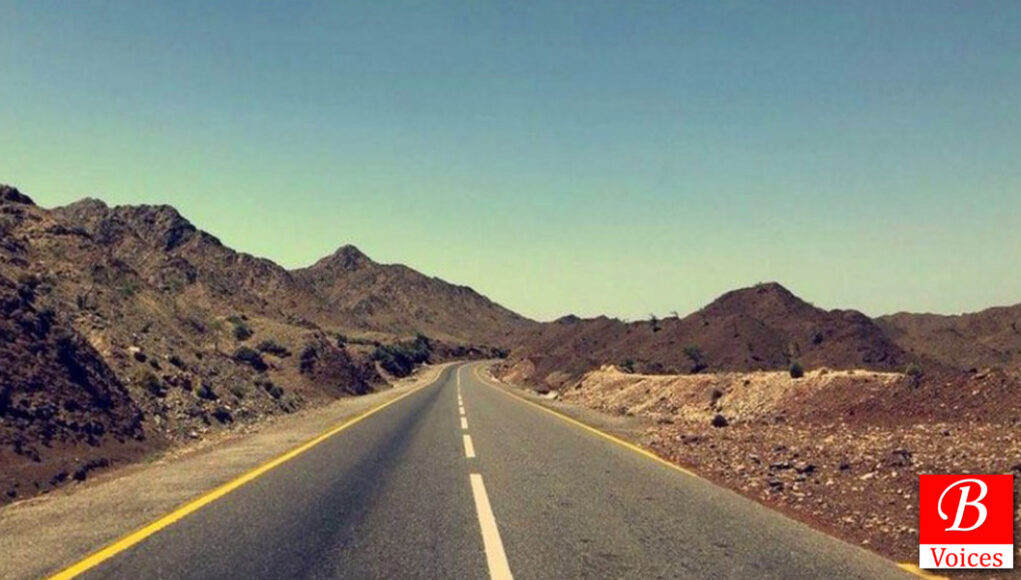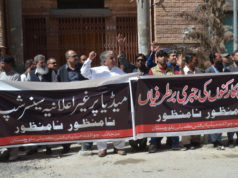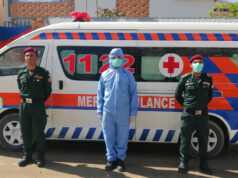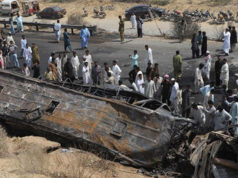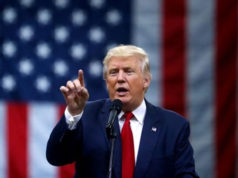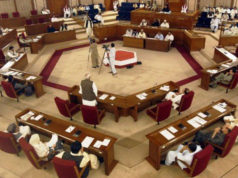Adnan Aamir
Yesterday, Prime Minister Imran Khan visited Quetta for few hours. During his visit, he performed the groundbreaking of various projects in Quetta and also distributed cheques among deserving people under Kamyab Jawan Programme.
The projects PM inaugurated are proverbial lollipops, a 22Km bypass in Quetta, and an 11Km bypass in Dera Murad Jamali (DMJ). PM inaugurated the DMJ bypass in Quetta, which is located 300 KM away. He made all the inaugurations from the convenience of Governor House Quetta by spending few hours there.
During his speech, PM made the claim that no other government had spent as much money on Balochistan’s development as the PTI did. Every government since Musharraf has made the claim that no one has spent as much money on Balochistan as them.
The most pressing need of Balochistan is the dualization of the Chaman-Quetta-Karachi highway, which is also known as the Killer Highway. Courtesy of this highway, more people in Balochistan die because of highway accidents as compared to terrorism. However, in a trip focused on the highways of Balochistan, PM did not make any concrete commitments for this highway. Instead, PM announced to build this road using Public-Private Partnerships or the Build Operate Transfer (BOT) model. Dualizing this highway using PPP is a non-starter because of financial non-viability.
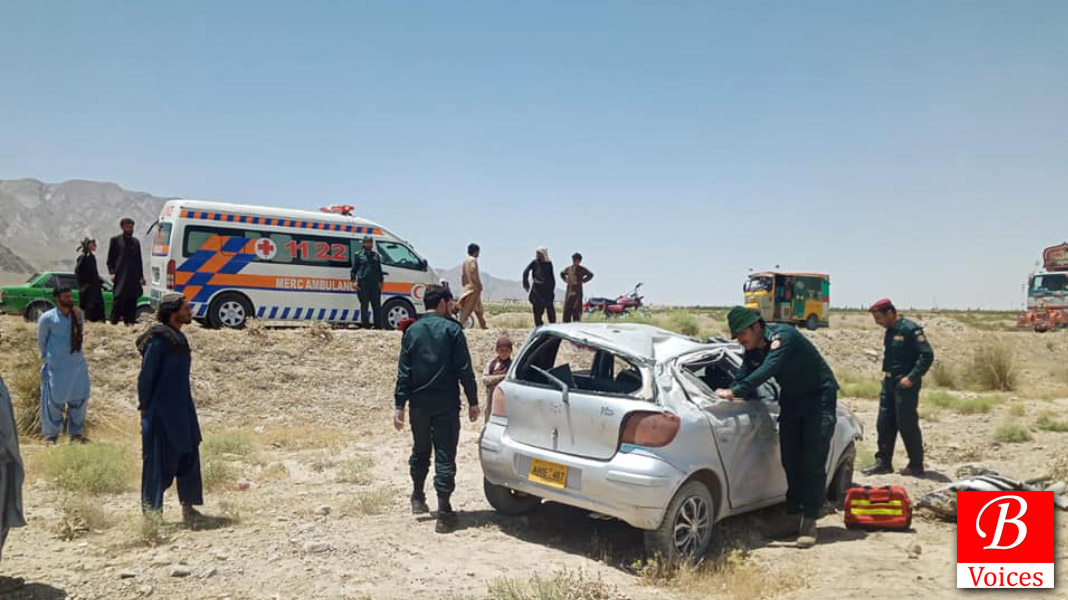
What is the BOT Model?
BOT model is a method for financing infrastructure through investment from the private sector. In this case, a private company will make all the investment to dualize the Chaman-Karachi highway. Then, this company will be given the right to collect toll tax on this highway for a certain number of years till it has recovered its profit and initial cost. The government will provide financial guarantees to the company before it makes the investment in the project.
BOT Model not Feasible for Chaman-Karachi Highway
Balochistan Voices carried out a detailed financial analysis to determine the financial viability of this project under the BOT model, which can be found here.
To determine the cost of dualization of this highway, we can take the cost of Dualization & Improvement of Existing N50 from Yarik – Sagu – Zhob including Zhob Bypass (210 km) mentioned in Federal PSDP 2020-21 as a baseline. If dualization of a project with a length of 210 KM costs Rs76 billion then dualization of 813 Km long Quetta-Chaman highway will cost Rs296 billion.
We assume a payback period of 30 years from the date of start of dualization work on this highway. According to government estimates, 8,000 vehicles on average use the Chaman-Karachi highway on daily basis. We assume that there will be a five percent annual increase in traffic volume on a compounding basis. Moreover, we assume that the dualized highway will be operational from the fourth year and the average tool tax is set at Rs2000 per journey of the entire highway. We also assume that there will be a 5 percent annual increase in the tool rate on a compounding basis.
Based on these calculations this project will earn Rs982 billion in toll tax in 30 years period. By comparison, the future value of the initial investment of the project is Rs1,262 billion. This means that in future value terms, the investing company will be facing a loss of approximately Rs280 billion for this project, and hence it’s not feasible for them to invest.
Calculations were simplified
Balochistan Voices simplified the calculations so that the costs of the project are not maximized and the revenue is not minimized. These calculations do not include the running costs of the toll system, which have to be borne by the investing company. Also, the total cost estimate of dualizing the highway has also been simplified because the Quetta-Chaman highway involves several complex turns and likely to cost more than the estimate. This calculation has also not taken account of the cost escalation of this project, which is a norm in such projects.
Additionally, commuters will also struggle to pay the toll tax of Rs2,000 per journey. This payment will increase the cost of travel for the people and in turn, can reduce the traffic volume. Furthermore, World bank guidelines state that investors will be reluctant in the BOT system due to the high risks involved. Potential consumers also resist paying for road use, it further states.
Bottom Line
The dualization of this project under the BOT model is not financially feasible for the investing company. The only way to execute this project is if the federal government invests Rs300 billion in this project through the Federal PSDP. If the government continues the claim of BOT for this project then it will tantamount to deceiving the people of Balochistan.
Share your comments!


